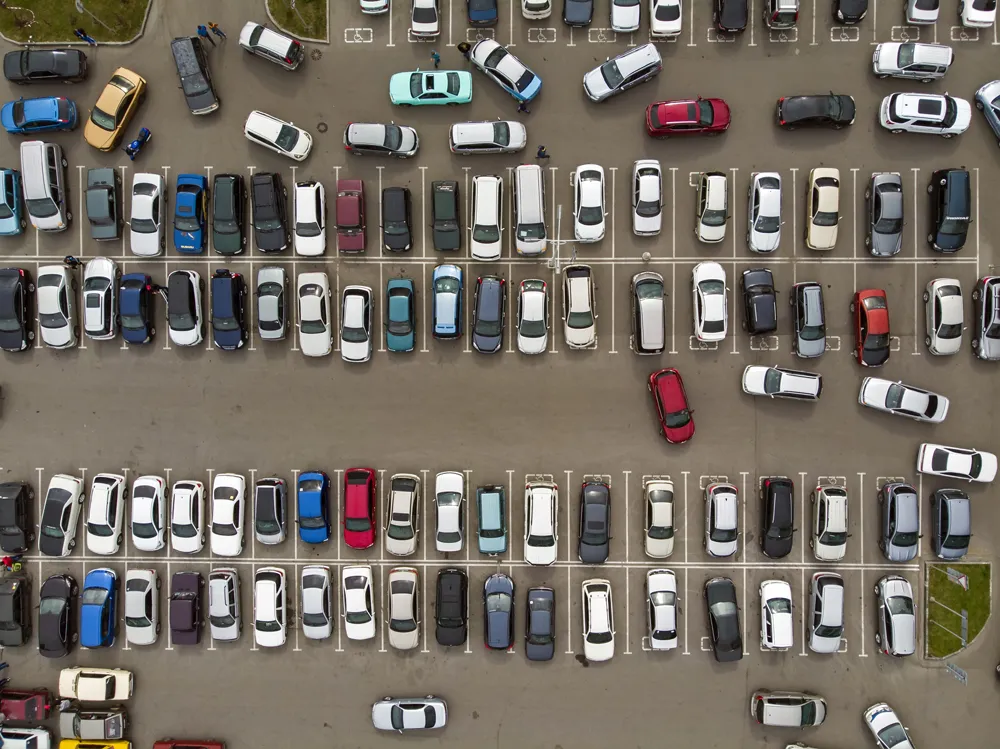
The world’s largest vehicle-to-vehicle (V2V) and vehicle-to-infrastructure (V2I) system will be put in place in Michigan by 2017.
The project will be a joint enterprise between GM, Ford, Michigan DoT and the University of Michigan.
Its main components will be the introduction on a new 2017-model Cadillac of GM’s Super Cruise system – a semi-automated driving technology that allows drivers to take their hands off the wheel for extended periods – and the creation of more than 120 miles of V2I-enabled freeway corridor, said GM CEO Mary Barra (pictured) in her keynote address at the opening of the World Congress yesterday.
The 2017-model Cadillac CTS will meanwhile be equipped with V2V technology.
Super Cruise allows a car to keep to assigned lanes and warn a driver of impending collisions if, for example, another V2V vehicle ahead suddenly brakes. However, the driver of the following car still has to make ‘control decisions’ such as braking, himself. The enabled corridor will take in stretches of I-96 and I-696. Beyond this, “The next big challenge…to fully automated driving is to tackle the urban environment, where you have to dodge everything from jaywalkers and bike messengers to double-parked delivery trucks.” That is likely to take place in the next decade.
“The sooner the industry puts a critical mass of V2V-equipped vehicles on the road, the more accidents we’ll prevent…and the more society – and individual drivers – will benefit. The same holds true for V2I.”
As the Dailynews went to press US Transportation Secretary Anthony Foxx was also speaking at the launch of the World Congress.










